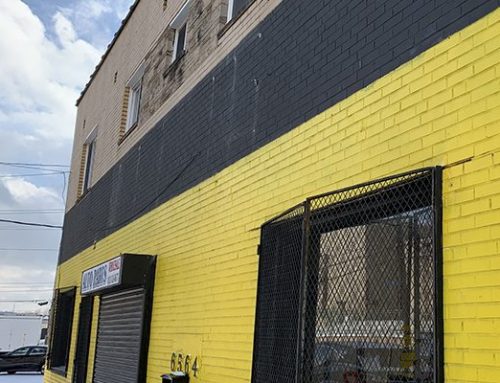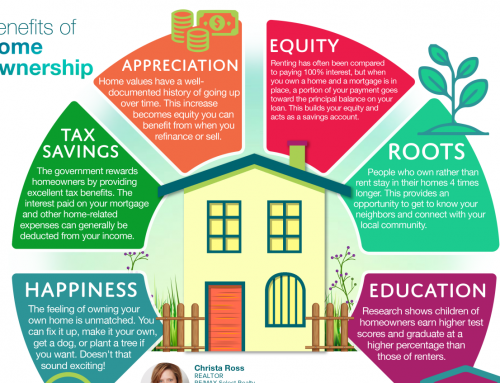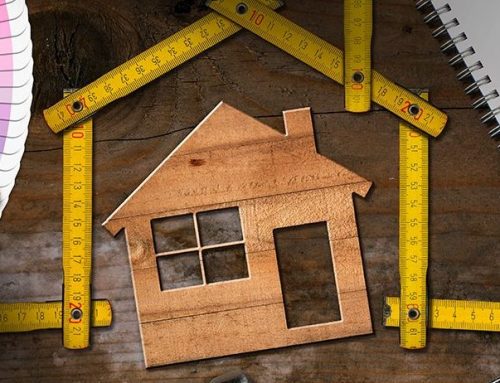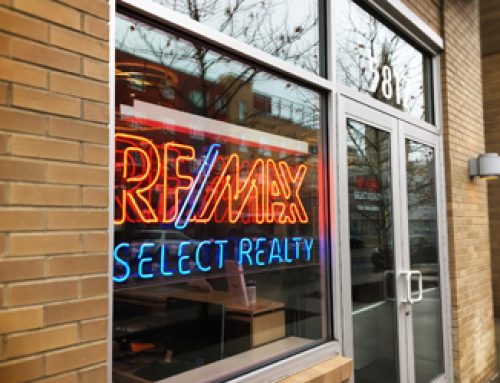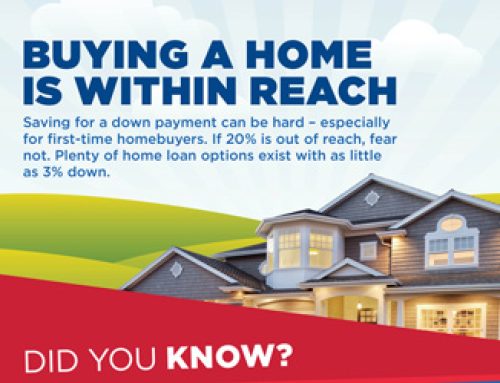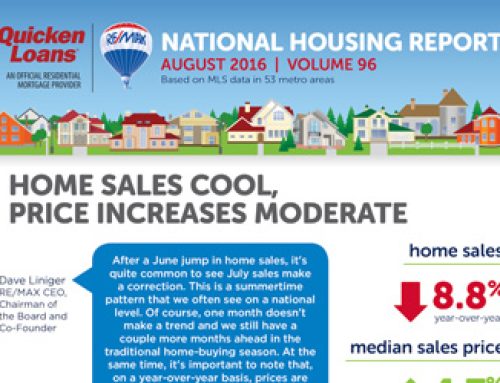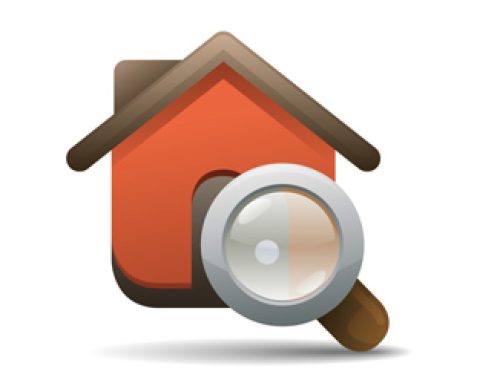The reality is that for many buyers, especially first-time buyers or buyers in an affordable price range, coming up with the money for their downpayment and closing costs is a bigger hurdle than being pre-approved for an acceptable payment and purchase price.
While some believe that you need at least a 20% downpayment to buy (a myth), the fact is that the median down payment on a home is only 12 percent, and 6 percent for first-time buyers, according to the National Association of Realtors. When you add the downpayment amount to additional lender fees, closing costs, and transfer taxes, you can end up with a pretty hefty amount of money that buyers need to bring to closing. For example, on a $200,000 home, a 20% downpayment plus closing costs typical for a home in Allegheny County could add up to almost $50,111. In the city of Pittsburgh, that amount would climb to $53,111 due to the higher transfer tax. That amount can be large enough that an otherwise qualified buyer can’t afford to buy a home.
20% down will indeed help a buyer avoid the additional monthly cost of PMI (Private Mortgage Insurance) added to their mortgage payment. However, a better solution for buyers short of cash is to go for a lower downpayment and have the extra fee in their monthly payment. Many lenders can offer 15%, 10%, 5%, and 3% down conventional loans and FHA loans with 3.5% down. The same $200,000 home with only 3% down would require a buyer to bring around $16,495 to closing for downpayment and closing costs. Also, many lenders want to see some reserve money left in the buyer’s bank account after closing, so a buyer can not use up all their available funds. That low cash buyer who qualified for the $1271 a month payment may still find themselves too cash strapped to buy.
Enter the “seller’s assist,” a technique where a buyer asks the seller to contribute money towards the buyer’s closing costs as part of an offer on the seller’s home. The maximum amount the buyer can ask for on a conventional loan is usually limited to 3% of the purchase price; it’s limited to 6% of the purchase price for an FHA buyer. This limit is a lender requirement because they don’t want to see buyers with no “skin in the game.”
For the same $200,000 conventional loan, a 3% seller’s assist would bring down the amount the buyer brings to closing to $10,495. For an FHA loan, a 6% seller’s assist would get the cash at closing down to $6,384. These lower downpayment loans, layered with the seller’s assist are about the least amount of money a buyer can have and still buy a house.
As a seller, you might be reading all this and wondering why you would want to give the buyer some extra money or why you should care if a buyer doesn’t have enough cash to buy. The answer is that when your home is in a price range popular with first-time and lower cash buyers it is common to see offers with these requests. There simply are not enough buyers with the amount of money saved to purchase a home without help. Homes under the average price of $225,000 in Pittsburgh are an example of the price range that is most affected. In those cases, being open to seller’s assist can be the thing that gets your home sold.
Agreeing to a seller’s assist is very similar to agreeing to a price reduction. When working with buyers, I explain that they effectively ask the seller to accept less for their home. If the home is well priced or the market is hot, it might be that the seller’s assist amount is added in, making the offer price higher, and then the assist amount is subtracted. Consider three scenarios, a full price offer with sellers assist, a reduced price offer with no sellers assist, and a higher than full price offer with sellers assist.
Listed Price: $200,000
Offer Price: $200,000 – $6,000 SA = Net Price $194,000
Offer Price: $194,000 – $0 SA = Net Price $194,000
Offer Price: $206,000 – $6,000 SA = Net Price $200,000
As the seller, if you are negotiating on the price of the home anyhow, it makes only a little bit of difference if you accept a lower price or a seller’s assist. However, keep in mind that the buyer asking for the assist may not be able to purchase your home without it. On the other hand, if you have many offers you would want to compare the Net Price to determine which one gets you the most money. Remember that in all cases, the seller’s assist is subtracted from your proceeds at closing; it is never money that you physically have to take out of your bank account. For buyers, it is a credit against their closing costs, never money physically handed to them.
One factor varies based on whether you reduce the price of the home or accept an offer with a seller’s assist; this is any closing costs that are calculated as a percentage of the purchase price. Transfer Tax and Commissions on the seller’s side, and Title Insurance and Transfer Tax on the buyer’s side are calculated on the recorded sale price, not the Net Sale Price. While these are usually small amounts, you should at least consider them when reviewing offers.
The other drawback of accepting a seller’s assist is if the buyer also has an appraisal contingency that requires the home to appraise at the sale price. In this case, the scenario above where the price was increased to compensate for the seller’s assist is the most worrisome because the home needs to appraise high enough to include the additional amount added to it. Since the assumption is the buyer required the assist to purchase, if the appraisal comes in low, the buyer probably does not have the cash to cover any appraisal gap.
As an agent that has dealt with sellers assist in 100s of offers, I can help you put together one that accounts for your financial restraints and has the best chance of getting you home. For sellers, we will review all your options when looking at offers and find the best solution. Give me a call to talk more about how you can reach your home goals.
The Bottom Line: Seller’s assist can help homes in some price ranges sell easier and help low cash buyers purchase. Sellers should consider the net price when reviewing offers and pick the best one for them, regardless of if the buyer asks for an assist. There are some financial disadvantages to increasing the price to compensate for the seller’s assist.


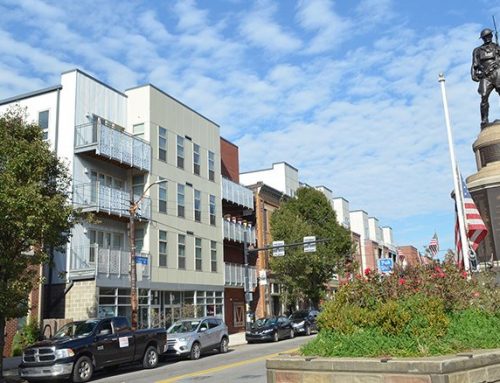


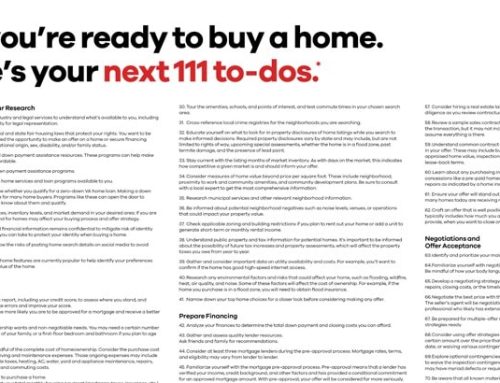





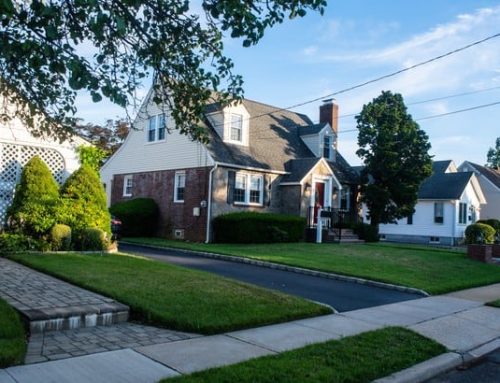

![Find Your Dream Home with an Accredited Buyer’s Representative (ABR®) [INFOGRAPHIC]](https://www.bestpittsburghhomes.com/wp-content/uploads/2024/04/dreamhome-500x383.png)
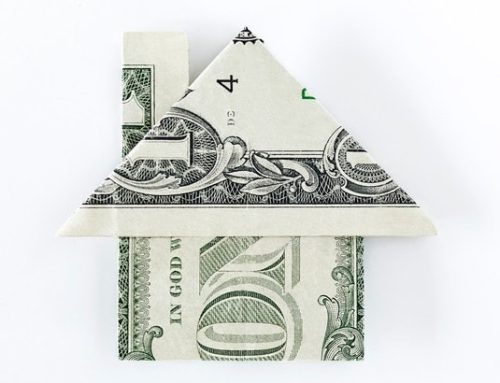

![Buying A Home? 7 Reasons To Hire an Accredited Buyer’s Representative (ABR®) [INFOGRAPHIC]](https://www.bestpittsburghhomes.com/wp-content/uploads/2024/04/7reasons-500x383.png)

![Your Buyer’s Agent Wears Many Hats [INFOGRAPHIC]](https://www.bestpittsburghhomes.com/wp-content/uploads/2024/04/manyhats-500x383.jpg)
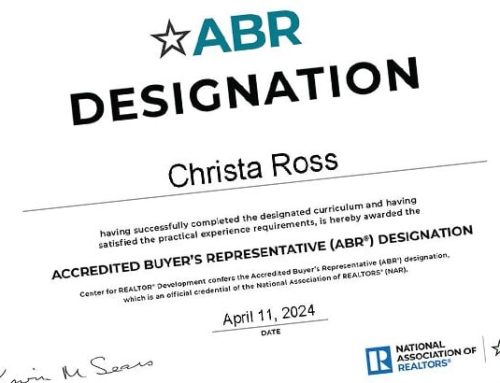





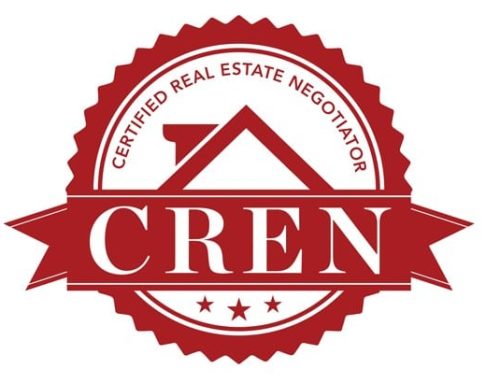


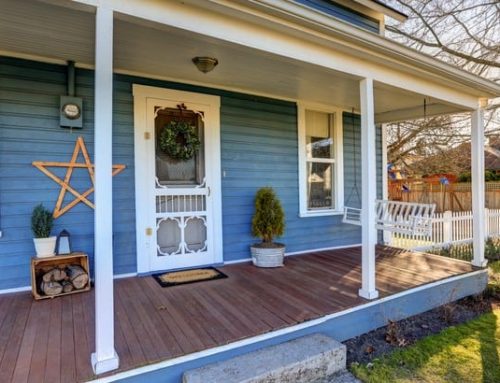



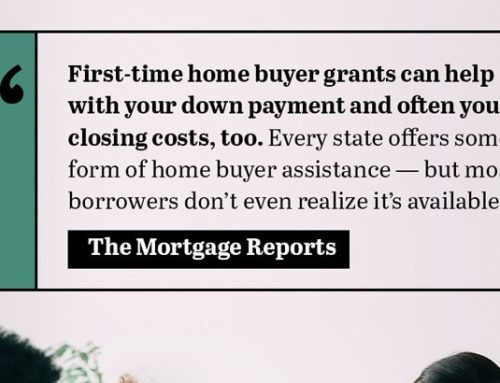












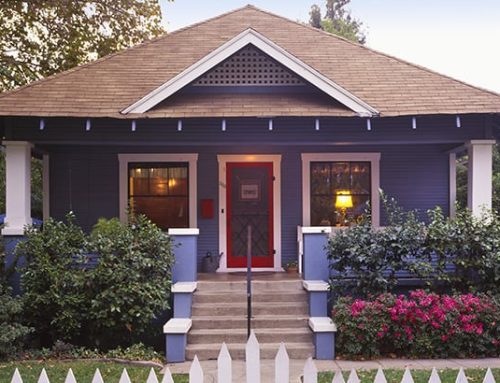
![Housing Market Forecast for the Rest of 2023 [INFOGRAPHIC]](https://www.bestpittsburghhomes.com/wp-content/uploads/2023/08/housingmarketforcast-500x383.jpg)

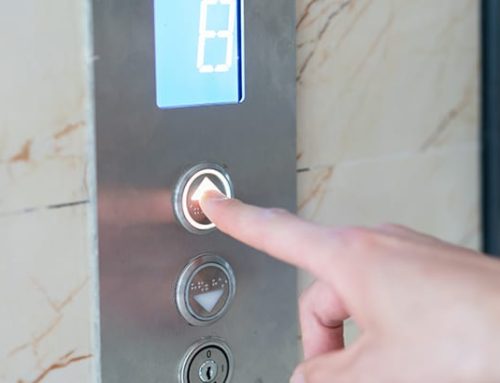





![Reasons To Sell Your House Today [INFOGRAPHIC]](https://www.bestpittsburghhomes.com/wp-content/uploads/2023/05/reasonstosellyourhome-500x383.jpg)


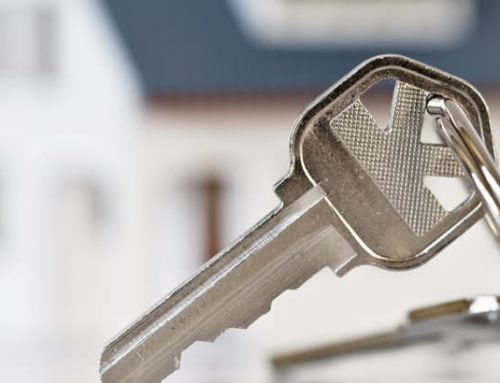





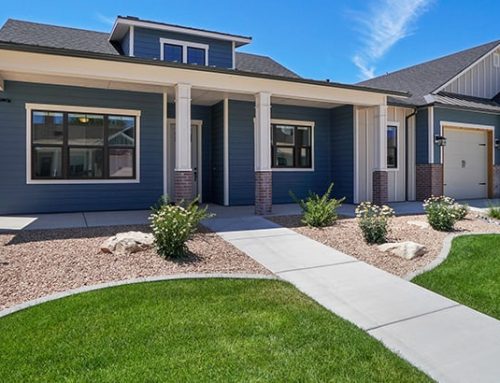

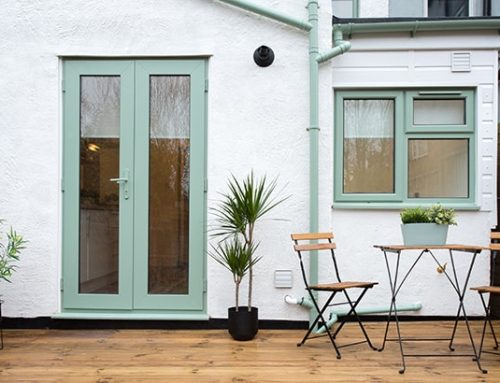


































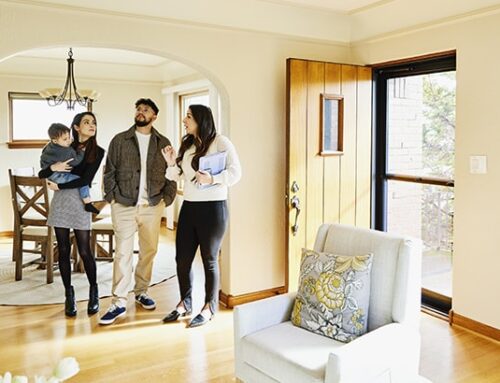






![More Listings Are Coming onto the Market [INFOGRAPHIC]](https://www.bestpittsburghhomes.com/wp-content/uploads/2022/06/Morelistings-500x383.jpg)











![Spring Cleaning Checklist for Sellers [INFOGRAPHIC]](https://www.bestpittsburghhomes.com/wp-content/uploads/2022/03/infographic-500x383.jpg)
















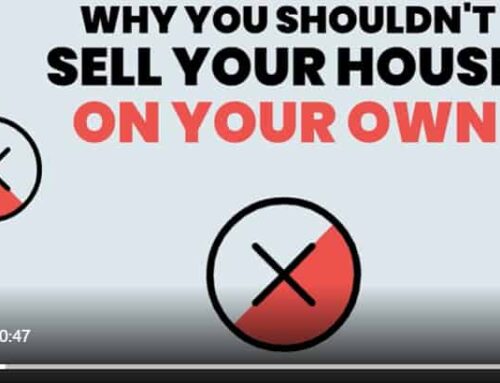
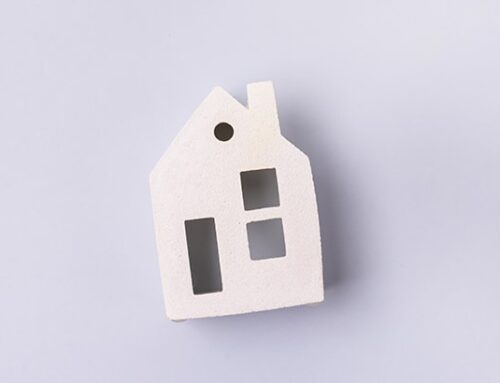







![What’s Causing Today’s Competitive Real Estate Market? [INFOGRAPHIC]](https://www.bestpittsburghhomes.com/wp-content/uploads/2021/10/infographic_competative-500x383.jpg)





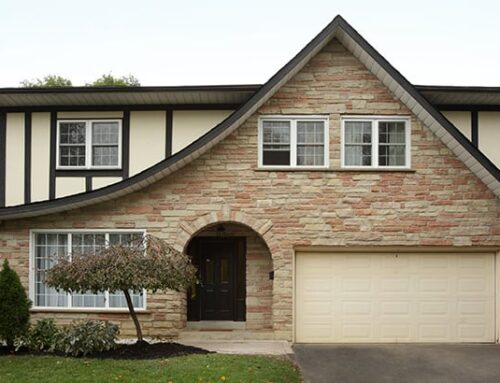



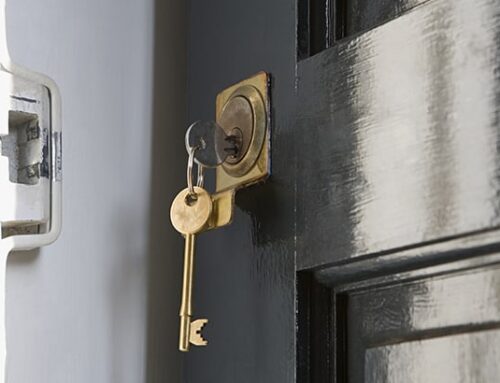










![Financial Fundamentals for Homebuyers [INFOGRAPHIC]](https://www.bestpittsburghhomes.com/wp-content/uploads/2021/01/financialfundamental_feature-500x383.jpg)

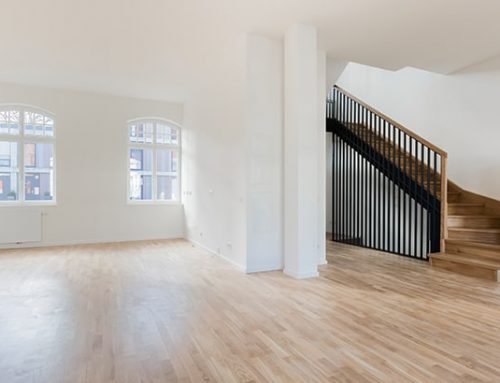


![Expert Forecast on the 2021 Housing Market [VIDEO]](https://www.bestpittsburghhomes.com/wp-content/uploads/2021/01/20210105-KCM-Share-2-500x383.jpg)








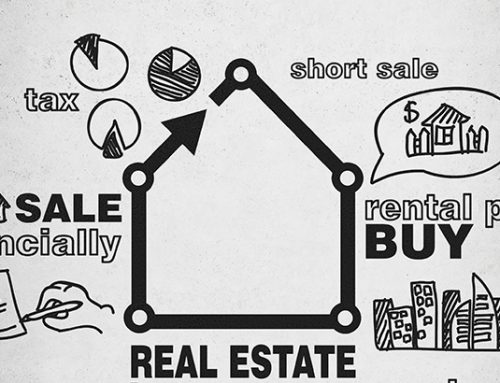



![Where Is the Housing Market Headed for the Rest of 2020? [INFOGRAPHIC]](https://www.bestpittsburghhomes.com/wp-content/uploads/2020/08/20200730-MEM-1380x2048-1-500x383.jpg)





![The Housing Market Is Positioned to Help the Economy Recover [INFOGRAPHIC]](https://www.bestpittsburghhomes.com/wp-content/uploads/2020/04/housingrecession-500x383.jpg)




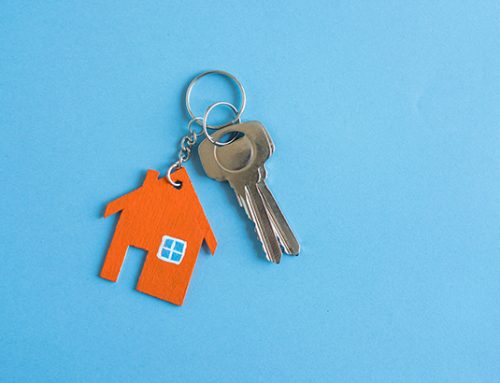


![What You Can Do to Get Your House Ready to Sell [INFOGRAPHIC]](https://www.bestpittsburghhomes.com/wp-content/uploads/2020/04/housereadytosell-500x383.jpg)
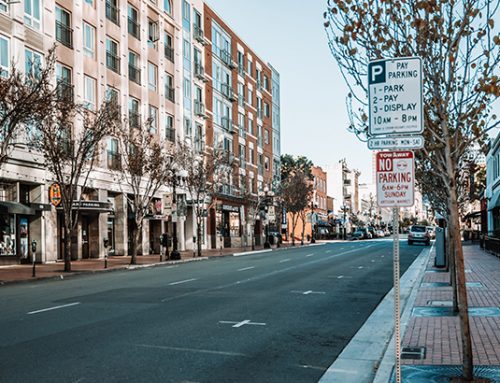

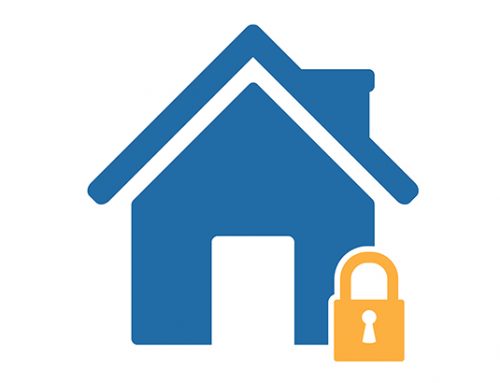

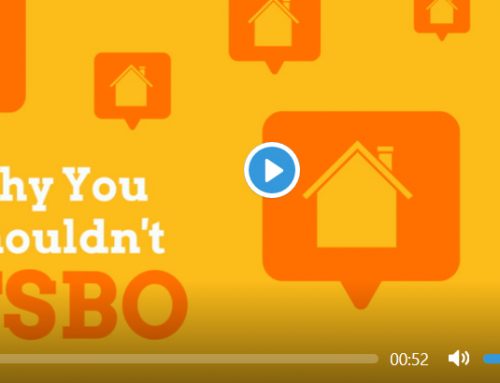

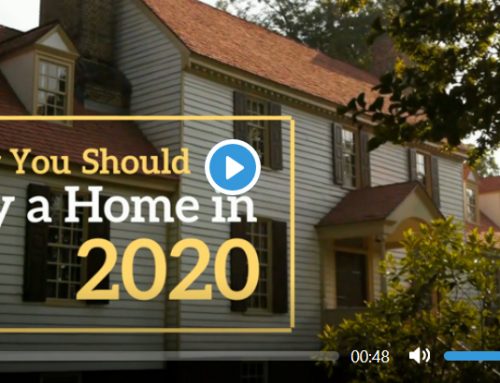



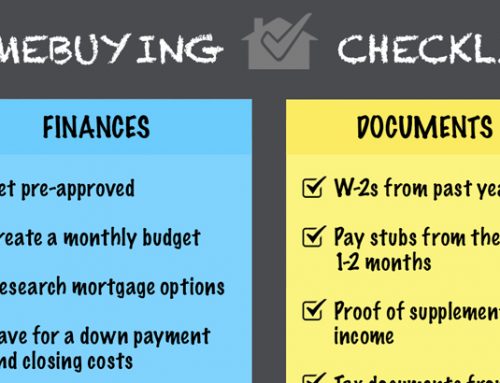
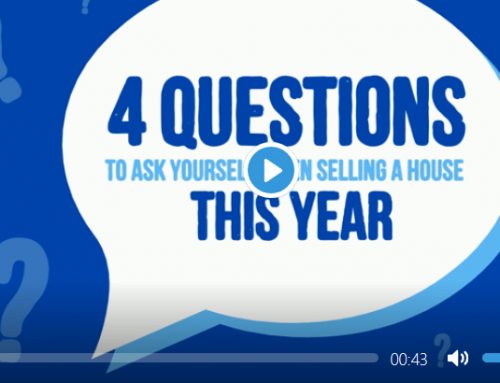






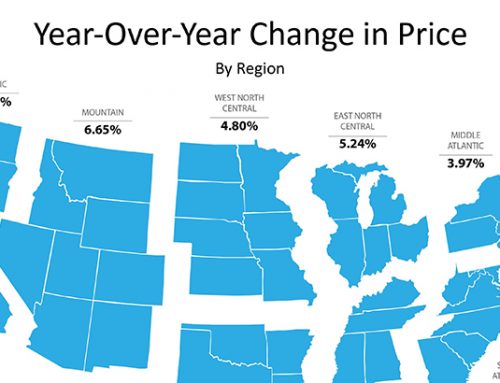
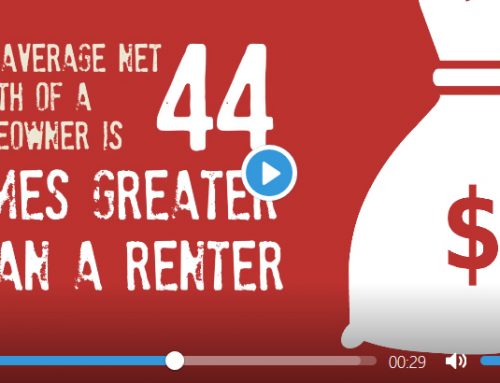





![10 Steps to Buying a Home This Summer [INFOGRAPHIC]](https://www.bestpittsburghhomes.com/wp-content/uploads/2019/07/10stepstobuying_feature-500x383.jpg)

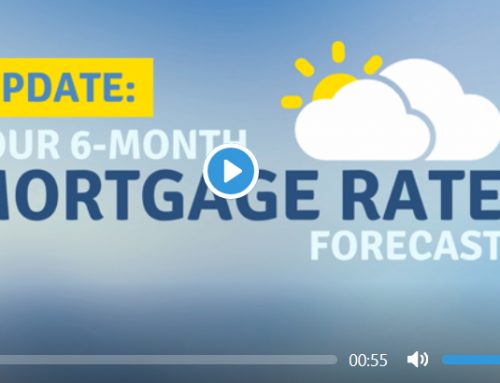
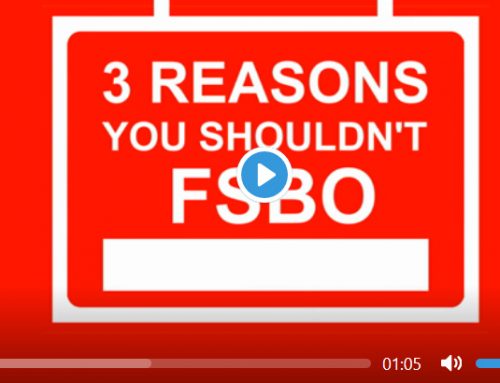
![4 Reasons to Sell This Summer [INFOGRAPHIC]](https://www.bestpittsburghhomes.com/wp-content/uploads/2019/06/4Reasons_KCM-500x383.jpg)





![5 Reasons Why Millennials Buy a Home [INFOGRAPHIC]](https://www.bestpittsburghhomes.com/wp-content/uploads/2019/04/Millennials-Choose-to-Buy-ENG-MEM1-1046x1354-500x383.jpg)



![Existing Home Sales Slow to Start Spring [INFOGRAPHIC]](https://www.bestpittsburghhomes.com/wp-content/uploads/2019/04/existinghomesale-500x383.jpg)









